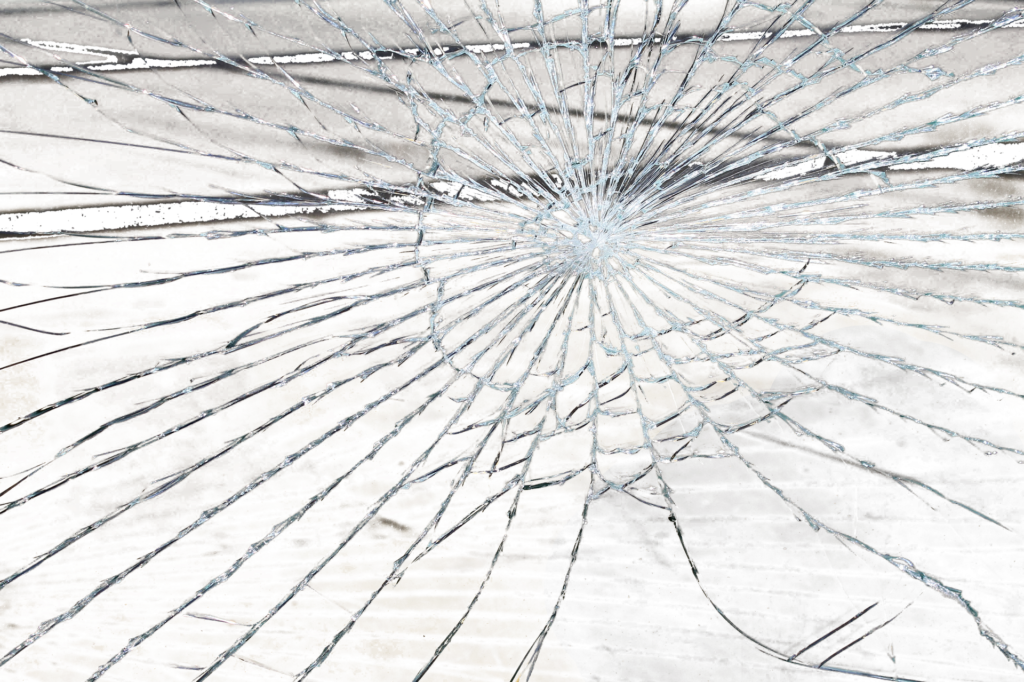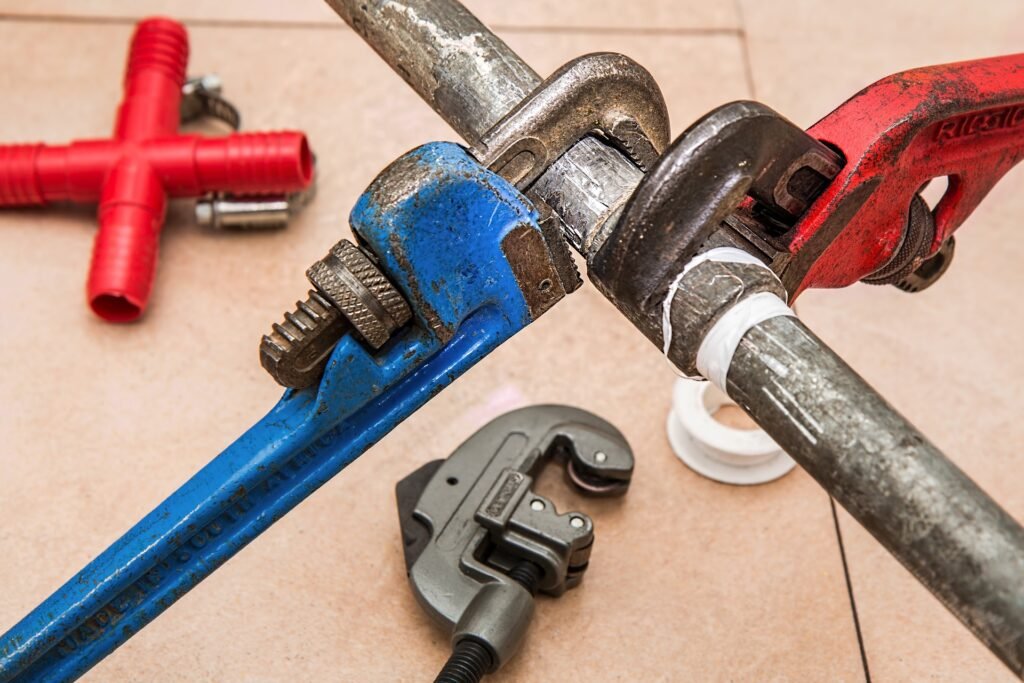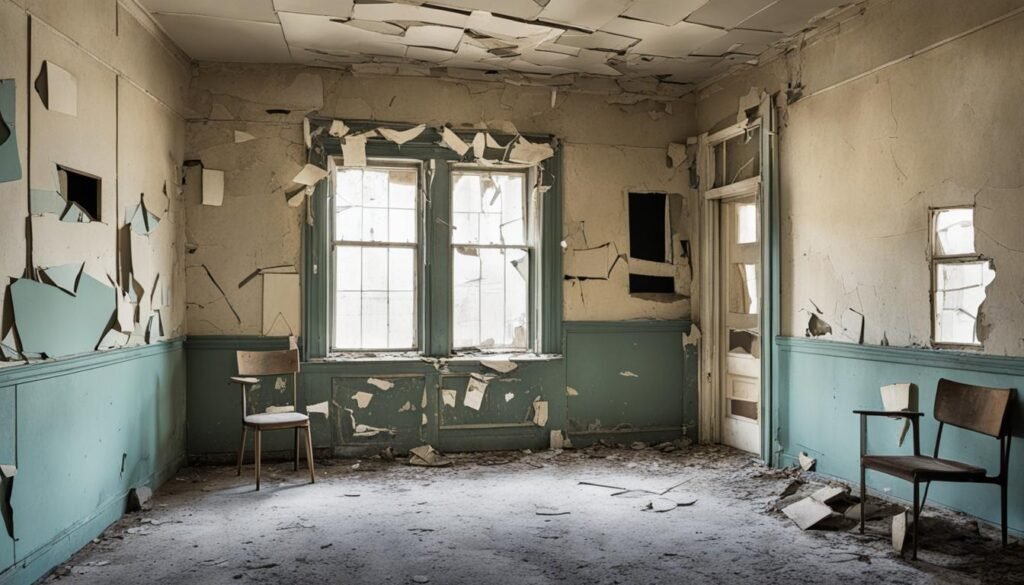Since 2007, billions of pounds in tenant deposits have been protected by government-approved schemes in the UK. This shows how vital it is for landlords to know about rental property damage disputes. Handling these disputes can be tough, but it’s key to protect your investment and keep good relations with tenants.
In April 2007, new laws changed how rental property damage disputes are dealt with in England and Wales. This guide is here to help you understand these complex issues. It ensures you can handle any problems that come up during a tenancy.

The Tenant Fees Act started in June 2019, bringing new rules on fees and deposit amounts. For rents under £50,000 a year, deposits are now capped at 5 weeks’ rent. For rents £50,000 or more, it’s 6 weeks’ rent. These changes have changed how landlords and tenants work together, making it vital for landlords to know their rights and duties.
Key Takeaways
- Tenancy deposit protection schemes are mandatory for UK landlords
- The Tenant Fees Act caps security deposits based on annual rent
- Dispute resolution services offer alternatives to court proceedings
- Landlords must distinguish between fair wear and tear and actual damage
- Regular property inspections are crucial for preventing disputes
- Clear communication with tenants can help avoid conflicts
- Proper documentation is essential for resolving rental property damage disputes
Understanding Rental Property Damages
Rental property damages are a big worry for UK landlords. Since 2007, laws have protected millions of deposits worth billions of pounds. This system helps both landlords and tenants. It makes sure everyone is treated fairly when it comes to property damage.
Defining property damage vs. wear and tear
Property damage is harm caused by tenants that’s not just normal wear and tear. Wear and tear is the usual decline over time. It’s important for both landlords and tenants to know the difference. This helps them understand their duties.
Common types of rental property damages
Rental properties often face different types of damage. These can include:
- Broken windows
- Fire damage
- Flood damage
- Pet-related damages
- Subsidence issues
Fire, flood, and subsidence are usually covered by landlord insurance. This means landlords can get financial help if these disasters happen.
Legal responsibilities of landlords and tenants
Tenants must report damage quickly and look after the property. Landlords need to make sure their rentals are safe and fix any issues fast. The Tenant Fees Act of 2019 limits security deposits to 5 or 6 weeks’ rent, based on the rent’s yearly amount.
The Importance of Proper Documentation
For UK landlords, keeping accurate records is key to managing their rental properties well and preventing disagreements. Detailed records help safeguard investments and make tenancies run smoothly.
Creating comprehensive inventory reports
Inventory reports are vital. They list what’s in the property and its condition at the tenancy start. These reports track changes and set a standard for damage checks. A good inventory report should have:
- A detailed list of all fixtures, fittings, and furnishings
- Descriptions of the condition of walls, floors, and ceilings
- Notes on any existing damage or wear and tear
- Meter readings for utilities
Regular property inspections
Regular checks let landlords spot and fix problems early. These should happen every three to six months. During these visits, landlords can:
- Check for any unreported maintenance issues
- Ensure tenants are following the tenancy agreement
- Document any changes in the property’s condition
Photographic evidence and condition reports
Photos and detailed reports are crucial for checking the property’s state. Landlords should take clear photos and make reports at tenancy start and end. This evidence is key in settling disputes and backing up damage claims.
| Documentation Type | Purpose | Frequency |
|---|---|---|
| Inventory Reports | Record property contents and condition | Start of tenancy |
| Property Inspections | Monitor property condition and tenant compliance | Every 3-6 months |
| Condition Reports | Document property state with photographs | Start and end of tenancy |
With thorough documentation, landlords can look after their interests and treat everyone fairly.
Effective Communication with Tenants
Talking openly between landlords and tenants is key to avoiding disputes. Clear communication helps solve problems fast, cutting down on misunderstandings about property damage.
Landlords should meet regularly with tenants. This helps spot issues early. It’s important to encourage tenants to report any damage right away. This builds trust and openness.
Think about setting up an easy way for tenants to report problems. This could be an email address or an online form. Such systems make communication smooth and keep a record for later.
| Communication Method | Benefits | Best For |
|---|---|---|
| Written record, detailed explanations | Formal notices, complex issues | |
| Phone calls | Immediate response, personal touch | Urgent matters, quick queries |
| Text messages | Quick, informal updates | Reminders, brief updates |
| Online portals | Centralised information, easy tracking | Maintenance requests, rent payments |
Good communication with tenants is a two-way street. Listen to their concerns and give clear times for fixing issues. This helps prevent disputes and builds strong landlord-tenant relationships.
What’s the difference between wear and tear and damage?
For UK landlords, it’s key to know the difference between wear and tear and property damage. Wear and tear means the normal wear down of a property over time. This includes things like faded paint, worn carpets, and small scratches on walls. Landlords can’t take money from the deposit for these usual changes.
Property damage, however, is caused by carelessness or accidents. Examples are broken windows, holes in walls, or cigarette burns on furniture. These issues can lead to losing part of the deposit, with 70% of disputes ending this way.
Here’s a clear summary of the main differences:
- Wear and tear: Gradual deterioration, expected over time
- Property damage: Sudden or accidental harm, often preventable
- Deposit impact: No deductions for wear and tear, possible deductions for damage
About 80% of disputes at tenancy end are about damages. 65% of these are about how to assess wear and tear. To avoid problems, landlords should check the property often and talk clearly with tenants. This way, they can tell the difference between wear and tear and real damage. It helps with fair deposit handling and lowers the chance of disputes.
How to Handle Disputes Over Rental Property Damages: UK Landlord’s Guide
Dealing with disputes over rental property can be tough for UK landlords. It’s key to know how to resolve disputes, gather evidence, and negotiate well. This makes the process smoother.
Steps to Follow When a Dispute Arises
First, try talking directly with the tenant when a dispute comes up. If that doesn’t work, write a formal letter. Mediation is a cheaper way to solve problems instead of going to court. Remember, most disputes over deposits are about cleaning, so dealing with these early can stop things from getting worse.

Gathering and Presenting Evidence
Having strong evidence is crucial for your case. This includes:
- Inventory reports
- Regular inspection records (every 3-6 months)
- Date-stamped photographs or videos
- Correspondence (letters, emails, texts)
- Invoices, receipts, and quotes for repairs
It’s important to show you have the right to take money from the deposit. The deposit is the tenant’s money.
Negotiation Techniques for Landlords
Good negotiation can often solve problems without going to court. Here are some tips:
| Technique | Description |
|---|---|
| Open Communication | Talk openly to understand both sides |
| Fair Assessment | Think about wear and tear, how long the tenant stayed, and other details |
| Timely Response | Deal with issues quickly to stop them from getting worse |
| Compromise | Be open to finding a middle ground |
By using these tips, landlords can handle disputes better. This leads to fair solutions and keeps good relationships with tenants.
Understanding Deposit Protection Schemes
Deposit protection schemes are key in UK tenancy agreements. They protect tenants’ deposits and ensure fair dispute resolution. Let’s look at the schemes available and what landlords must do.
Types of Deposit Protection Schemes in the UK
The UK has three approved tenancy deposit protection schemes:
- Tenancy Deposit Scheme (TDS)
- MyDeposits
- Deposit Protection Service (DPS)
These schemes come in two types: custodial and insurance-backed. Custodial schemes keep the deposit. Insurance-backed schemes let landlords hold it.
Legal Requirements for Landlords
UK law says landlords must protect deposits within 30 days of getting them. They must also give tenants info on the chosen scheme and how to resolve disputes. Not following this can lead to fines up to three times the deposit amount.
Impact on Dispute Resolution
Deposit protection schemes offer free dispute resolution services. This impartial process helps settle disputes over deposit returns at tenancy end. It’s a big help for landlords and tenants, avoiding expensive court cases.
| Aspect | Requirement |
|---|---|
| Protection Timeline | Within 30 days of receiving deposit |
| Maximum Deposit (England/Wales) | 5 weeks’ rent (annual rent under £50,000) |
| Maximum Deposit (Scotland) | 2 months’ rent |
| Dispute Resolution | Free service provided by schemes |
The Dispute Resolution Process
The dispute resolution process is key in the UK for solving rental property disagreements. It’s a free service from deposit protection schemes. It helps to settle conflicts fairly and quickly between landlords and tenants.
When a dispute starts, landlords and tenants both present their evidence. An independent adjudicator looks at the case and decides how to split the deposit. Remember, the landlord must prove why they want to take money from the deposit.
- Both sides have 14 days to send in their evidence for custodial deposits
- The disputes team checks the evidence in seven calendar days
- Adjudicators have up to 28 days to look at the evidence and make a decision
- Payments are made in 3-5 working days after the decision
Adjudicators are fair experts who make decisions based on the evidence given. Their decisions are final unless taken to court, which is rare. This is because the process is thorough.
| Aspect | Detail |
|---|---|
| Service Provider | Deposit Protection Schemes |
| Cost | Free |
| Evidence Required | Tenancy agreement, inventory reports, photos, receipts |
| Decision Maker | Independent Adjudicator |
| Average Duration | 2-6 weeks |
This method of solving disputes ensures a fair result for landlords and tenants. It helps avoid the high costs and long times of court cases.
Calculating Damages and Deductions
Landlords must carefully calculate fair deposit deductions and repair costs for rental property damages. This process is key to fairness between landlords and tenants.
Fair and Reasonable Deduction Practices
Landlords should be fair when deducting from deposits. They should look at the item’s age and condition. Using a ‘like for like’ rule helps. Remember, adjudicators will only allow reasonable deductions, so don’t claim too much for small damages.
Assessing the Cost of Repairs
Get quotes from trusted sources to figure out repair costs. This makes your deductions stronger and helps in disputes. Keep in mind, many disputes are over cleanliness, so document this well.
Considering Depreciation and Lifespan of Items
Think about depreciation when making deductions. Items lose value over time, and this affects your claims. For instance, a five-year-old carpet is worth less than when new. Adjust your deductions based on the item’s lifespan.
| Item | Expected Lifespan | Annual Depreciation Rate |
|---|---|---|
| Carpet | 7-10 years | 10-14% |
| Paint | 3-5 years | 20-33% |
| Appliances | 5-15 years | 7-20% |
By using these tips, landlords can make fair deductions and accurately calculate repair costs. They should also consider depreciation. This makes the process clear and lowers the chance of disagreements.
Preventative Measures for Future Disputes
Taking proactive steps can greatly lower the chance of disputes over rental property damages. By using effective strategies, landlords can make tenancy smoother for everyone.
Clear and Comprehensive Tenancy Agreements
A well-made tenancy agreement is key to a good landlord-tenant relationship. It should cover all duties, like property upkeep and possible damages. If pets are okay, it should say what the tenant must do about pet damage.
Regular Property Maintenance
Keeping the property in good shape stops small problems from getting bigger. Landlords should check the property often, giving tenants at least 24 hours’ warning before they come in. This way, they can fix maintenance issues early.
Building Positive Landlord-Tenant Relationships
Good landlord-tenant relationships lead to better communication and fewer disagreements. Landlords should answer tenant concerns quickly and keep communication open. This makes tenants more likely to tell you about problems early, which can save on repair costs.
| Preventative Measure | Benefits | Key Points |
|---|---|---|
| Clear Tenancy Agreements | Reduces misunderstandings | Include specific clauses on damages and maintenance |
| Regular Maintenance | Prevents major issues | Conduct inspections with 24 hours’ notice |
| Positive Relationships | Encourages early reporting | Respond promptly to tenant concerns |
By using these steps, landlords can make renting better for everyone. This can lead to fewer disputes and stronger landlord-tenant relationships over time.
Conclusion
Understanding legal duties and how to solve disputes is key when dealing with rental property damages in the UK. Landlords need to know the difference between normal wear and actual damage. This is vital for handling disputes and making deductions from deposits.
Managing these issues well means having good records. A detailed inventory, regular checks, and photos are great for solving problems. Talking clearly with tenants and using deposit protection schemes can also help avoid big disputes.
With the rising cost of living, more landlords and tenants are arguing over fair wear and tear. For tenancies over five years, claiming for redecoration costs is often not allowed. By following this guide and getting expert advice, UK landlords can handle rental property damages and disputes better.





